Additional notes (click to expand)
Medicinal
Prescription only medicine: Nifedipine, amiodorone, Sodium cromoglicate
Calcium channel blockade. Contains a furanochromone, khellin, from which nifedipine, for angina; amiodarone for atrial fibrillation, and sodium cromoglicate for asthma, food allergies and hayfever, were synthesised.
Oakeley, Dr. H.F. (2013). Medicines from RCP plants label list 5-2013.docx.
Ammi visnaga Khellin, amiodarone, nifedipine. Ammi visnaga belongs to the Umbellifereae and grows in the Nile delta. Khella, made from the fruits has been used for centuries to treat renal colic, common in Egypt because of damage to the urinary tract caused by schistosomiasis. Anrep a pharmacologist at Cairo University had an assistant with both renal colic and angina pectoris. When he took Khellin purified from Khella, both improved. Subsequently Anrep showed that the improvement in Angina was due to dilatation of the blood vessels supplying the heart. Search for the active principal in Khellin lead to the discovery of Amiodarone which is now used primarily for the disorders of heart rhythm (arrhythmias). Nifedipine, used for the treatment of high blood pressure and angina, was developed from other precursors found in khellin.
William Harvey and plant derived medicines currently used in cardiovascular medicine, Prof Michael de Swiet's Notes 2018
Medicinal uses
Uses supported by clinical data
None.
Uses described in pharmacopoeias and well established documents
As an antispasmodic, muscle relaxant and vasodilator (1).
Uses described in traditional medicine
Treatment of mild anginal symptoms. Supportive treatment of mild obstruction
of the respiratory tract in asthma, bronchial asthma or spastic
bronchitis, and postoperative treatment of conditions associated with the
presence of urinary calculi. Treatment of gastrointestinal cramps and
painful menstruation (6). Internally as an emmenagogue to regulate menstruation,
as a diuretic, and for treatment of vertigo, diabetes and kidney
stones (8).
Contraindications
Fructus Ammi Visnagae is used in traditional systems of medicine as an
emmenagogue (8), and its safety during pregnancy has not been established.
Therefore, in accordance with standard medical practice, the
fruits should not be used during pregnancy.
WHO Monographs on Selected Medicinal Plants. Vol. 3, 2007
Nomenclature
Synoym of Visnaga daucoides.
Plants of the World online, Kew Science http://www.plantsoftheworldonline.org/taxon/urn:lsid:ipni.org:names:849956-1
link
Toxicity
Vertebrate poisons: birds.
Geographical distribution
- Africa, Northern Africa, Algeria
- Africa, Northern Africa, Libya
- Africa, Northern Africa, Morocco
- Africa, Northern Africa, Tunisia
- Asia-Temperate, Caucasus, North Caucasus
- Asia-Temperate, Western Asia, Cyprus
- Asia-Temperate, Western Asia, Iran
- Asia-Temperate, Western Asia, Iraq
- Asia-Temperate, Western Asia, Israel
- Asia-Temperate, Western Asia, Lebanon-Syria
- Asia-Temperate, Western Asia, Turkey
- Europe, Southeastern Europe, Albania
- Europe, Southeastern Europe, Greece
- Europe, Southeastern Europe, Italy
- Europe, Southwestern Europe, France
- Europe, Southwestern Europe, Portugal
- Europe, Southwestern Europe, Spain
Ammi visnaga (L.) Lam.
Family: APIACEAEGenus: Ammi
Species: visnaga (L.) Lam.
Common names: Visnaga; Toothpick Bishop's Weed
Pharmacopoeia Londinensis name: Seseli
Distribution summary: Mediterranean, W.Asia
Habit: Annual
Hardiness: H2 - Tender; cool or frost-free greenhouse
Habitat: Frequently on sandy soils
Garden status: Not currently grown
Flowering months: July, August, September
Reason for growing: Medicinal, prescription only medicine
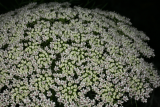
.JPG)
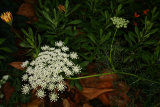
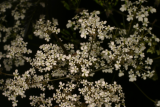
.JPG)
.JPG)
.JPG)
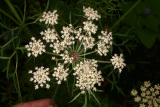
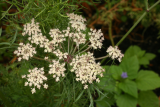

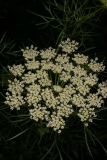

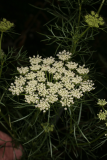
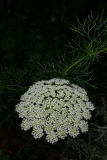

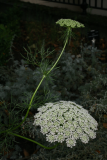



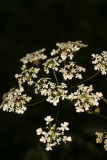
.JPG)
.JPG)
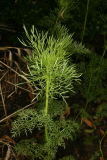
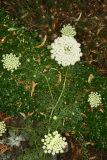

.JPG)